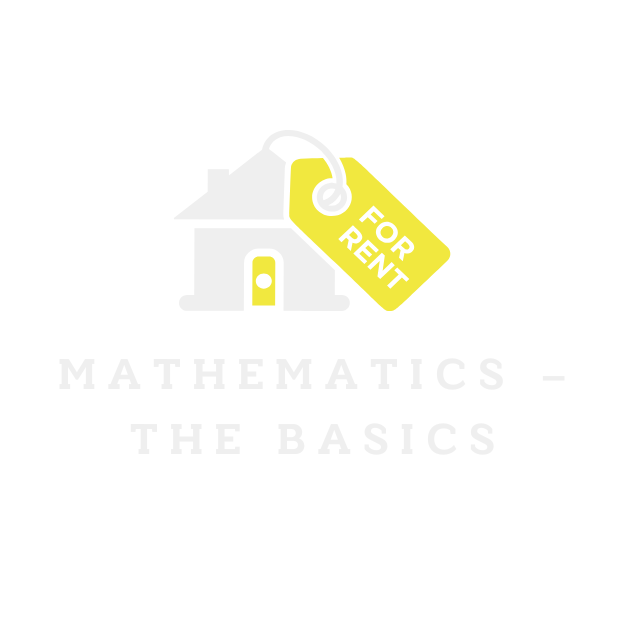Buying a home is often seen as the ultimate adulting achievement, but before diving into the world of property ownership, there’s one crucial hurdle to clear: the down payment. Think of it as the golden ticket that unlocks the door to your dream castle—without it, you might just end up stuck in the land of perpetual renting.
Table of Contents
ToggleUnderstanding Property Down Payment
A down payment is essential in the home-buying process. It represents a portion of the property’s purchase price that buyers pay upfront.
Definition of Down Payment
A down payment refers to the initial upfront payment made when purchasing a property. This payment is usually expressed as a percentage of the home’s total price. For example, a common down payment rate is 20%, which means if a home costs $300,000, the buyer would need to pay $60,000 as the down payment. This amount demonstrates financial commitment to lenders and can influence loan terms.
Importance of Down Payment
The importance of a down payment lies in its impact on mortgage terms. A higher down payment can lead to better interest rates and lower monthly payments. Additionally, it reduces the amount borrowed and increases equity in the property. For instance, putting down 20% eliminates private mortgage insurance (PMI), resulting in significant savings over time. A down payment also signals financial stability to lenders, easing the approval process and enhancing the buyer’s chances of securing favorable financing options.
Types of Down Payments

Multiple types of down payments exist, each with its own requirements and benefits. Understanding these options helps in making informed decisions during the home-buying process.
Conventional Down Payments
Conventional down payments typically range from 5% to 20% of the purchase price. Buyers aiming for a lower down payment can opt for 3% on certain loans. Higher down payments enhance equity and may lower interest rates. Many lenders require private mortgage insurance when the down payment is under 20%. This insurance adds to monthly payments. Borrowers with substantial down payments often enjoy improved financing options due to perceived lower risk.
FHA and VA Loan Requirements
Federal Housing Administration (FHA) loans allow down payments as low as 3.5%. This requirement benefits first-time homebuyers and those with less savings. Veterans Affairs (VA) loans offer a unique advantage with no down payment requirement for qualifying veterans. Both FHA and VA loans provide lower credit score thresholds compared to conventional loans. Borrowers using these options benefit from competitive interest rates. Additional fees may still apply, but these loans make homeownership more accessible.
Factors Influencing Down Payment Amount
Several elements influence the amount of down payment required when purchasing a property. Understanding these factors helps buyers navigate the home-buying process more effectively.
Property Type
Property type significantly affects down payment requirements. Different types of properties, such as single-family homes, condos, or multi-family units, may attract varying down payment percentages. Conventional loans often necessitate higher down payments for investment properties compared to primary residences. Lenders view investment properties as riskier, thus leading to increased down payment expectations. Moreover, some programs offer specialized down payment assistance for first-time buyers interested in specific property types. Recognizing these distinctions enables buyers to plan their finances better and make informed purchasing decisions.
Borrower’s Financial Situation
Borrowers’ financial situations play a crucial role in determining down payment amounts. Factors such as credit score, income stability, and existing debt influence lenders’ down payment expectations. Higher credit scores typically lead to lower down payment requirements, as lenders view these borrowers as less risky. Conversely, lower credit scores may necessitate larger down payments to secure financing. Additionally, income sources and employment history contribute to overall financial stability, which lenders consider when determining suitable down payment levels. Buyers should assess their financial profile to determine the optimal down payment for their specific circumstances.
Tips for Saving for a Down Payment
Saving for a down payment involves strategic planning and discipline. Implementing effective budgeting strategies can accelerate the process.
Budgeting Strategies
Create a monthly budget to identify essential and non-essential expenses. Allocate a specific percentage of income towards the down payment fund. Cut back on discretionary spending, such as dining out, and redirect these funds to savings. Consider setting up a separate savings account dedicated solely to the down payment to avoid temptation. Use financial apps or spreadsheets to track progress and visualize savings goals. Automate savings by scheduling transfers from checking to savings accounts post-payday. Building a clear budget leads to more substantial savings over time, aiding in meeting down payment goals.
Assistance Programs
Explore assistance programs available for homebuyers, especially first-timers. Federal Housing Administration (FHA) loans often require as little as 3.5% down, making it easier for those with limited savings. Some state and local governments offer down payment assistance grants, providing funds that don’t require repayment. Non-profit organizations might also provide resources and financial education to empower buyers. Programs targeting specific demographics, such as veterans or teachers, can offer further advantages. Researching these programs can uncover opportunities to reduce the financial burden of a down payment.
Navigating the property down payment landscape can be daunting but understanding its importance is crucial for aspiring homeowners. A well-planned down payment strategy not only enhances financial stability but also opens doors to better mortgage options. By considering various loan types and their requirements, buyers can tailor their approach to fit their unique situations.
With disciplined saving and smart budgeting, achieving that initial payment becomes more attainable. Utilizing available assistance programs can further ease the financial burden. Ultimately, a strong down payment paves the way to homeownership and a brighter financial future.


